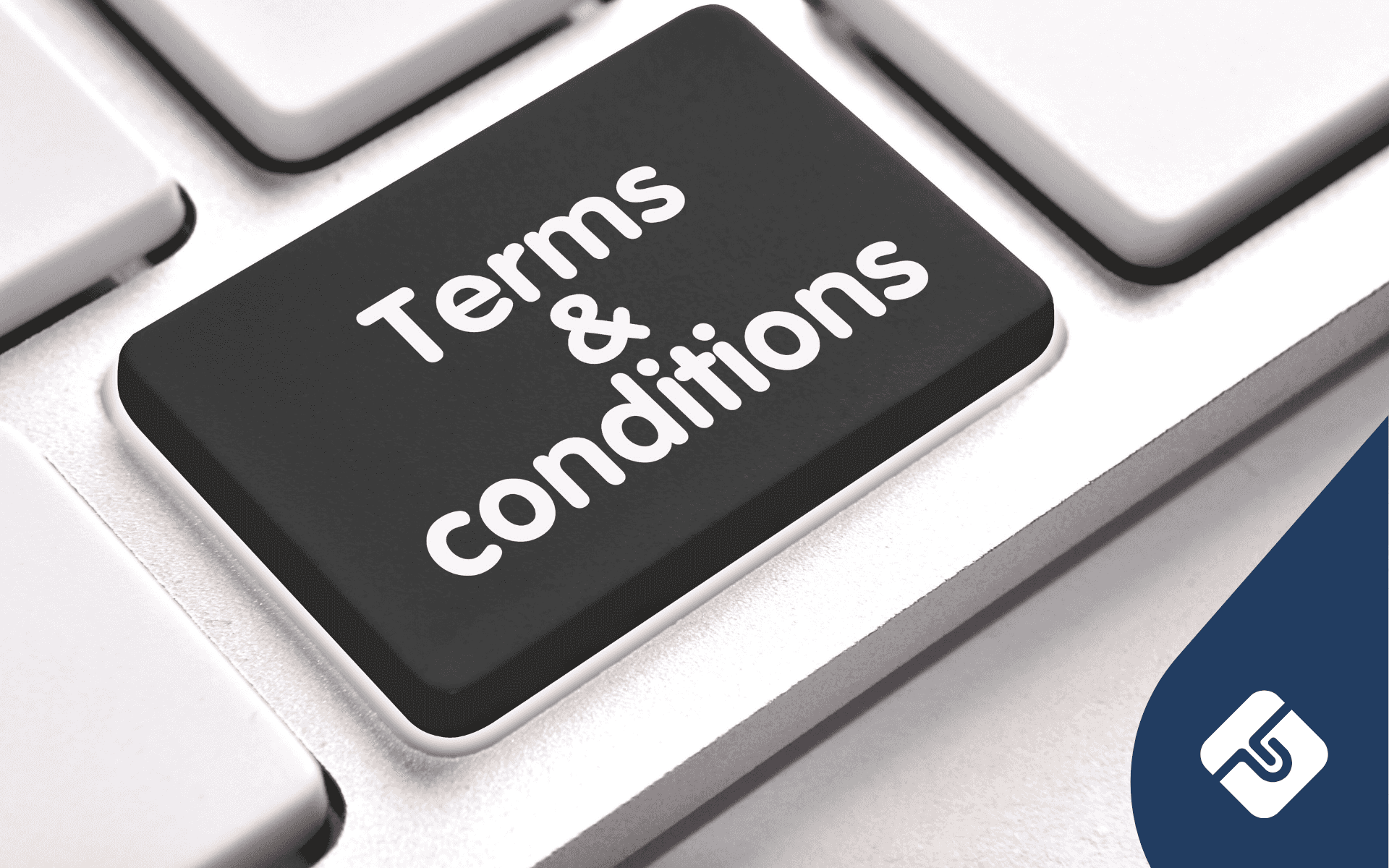Kyle is a former international athlete who has transformed the behaviours, knowledge and discipline gained through elite sport into a professional career. Formerly a Legal Intern at Lawpath, he now works as Judge’s Associate for the District Court of NSW.
A website’s Terms and Conditions of Use outline the rules that individuals must follow when using your website. It contains a disclaimer to limit liability. Below, we break down what these terms and conditions should contain, and how often they need updating.
Which websites need terms and conditions?
It’s difficult to precisely determine the websites that need terms and conditions against those that don’t. However, as a general rule, terms and conditions are useful in complying with Australian law and regulations. Furthermore, it is necessary to limit liability for information, or to protect the intellectual property of your website.
Additionally, if you run a blog or sell goods/services, terms and conditions may be used to explain the rules for how your site runs. It may prohibit certain actions involved with your website.
What can a websites terms and conditions cover?
It covers numerous areas. The emphasis is on protecting the website, and their property. Therefore, it covers:
- Australian Consumer Law and its guarantees.
- Delivery of goods.
- Return and refund policies.
- Privacy information.
- Limiting liability.
- The user’s rights and a license to use the website.
Does anyone read these terms?
Whether someone actually reads a website’s terms and conditions is on them.
However, Australian Consumer Law requires a website to have these terms. To ensure that a user acknowledges these terms, it is wise to add a ‘click’ feature to ‘accept’ the conditions. This ensures that they may be directed to the terms if they wish – the necessary factor is that they are present.
How often should I update the terms?
The terms and conditions of a website need to be updated as the products or services offered change. These changes may be through a variation in fees, or types of products sold. When the terms change, a business is required to inform customers of the change.
Can I copy the terms off another website?
Copying the terms and conditions from another website breaches copyright restrictions.
Whilst copying may be useful to understand the scope of the terms, it is illegal and disadvantageous to your company. You may omit information relevant to your company, or include information irrelevant to your business. It is recommended to use the Lawpath template, or create your own.
Final thoughts
It’s critical to update your website’s terms and conditions when your products or services offered are changed. In short, Lawpath’s template may ensure that your terms cover the appropriate scope, and that they comply with Australian Consumer Law. For further enquiries, a privacy lawyer may be able to assist.







